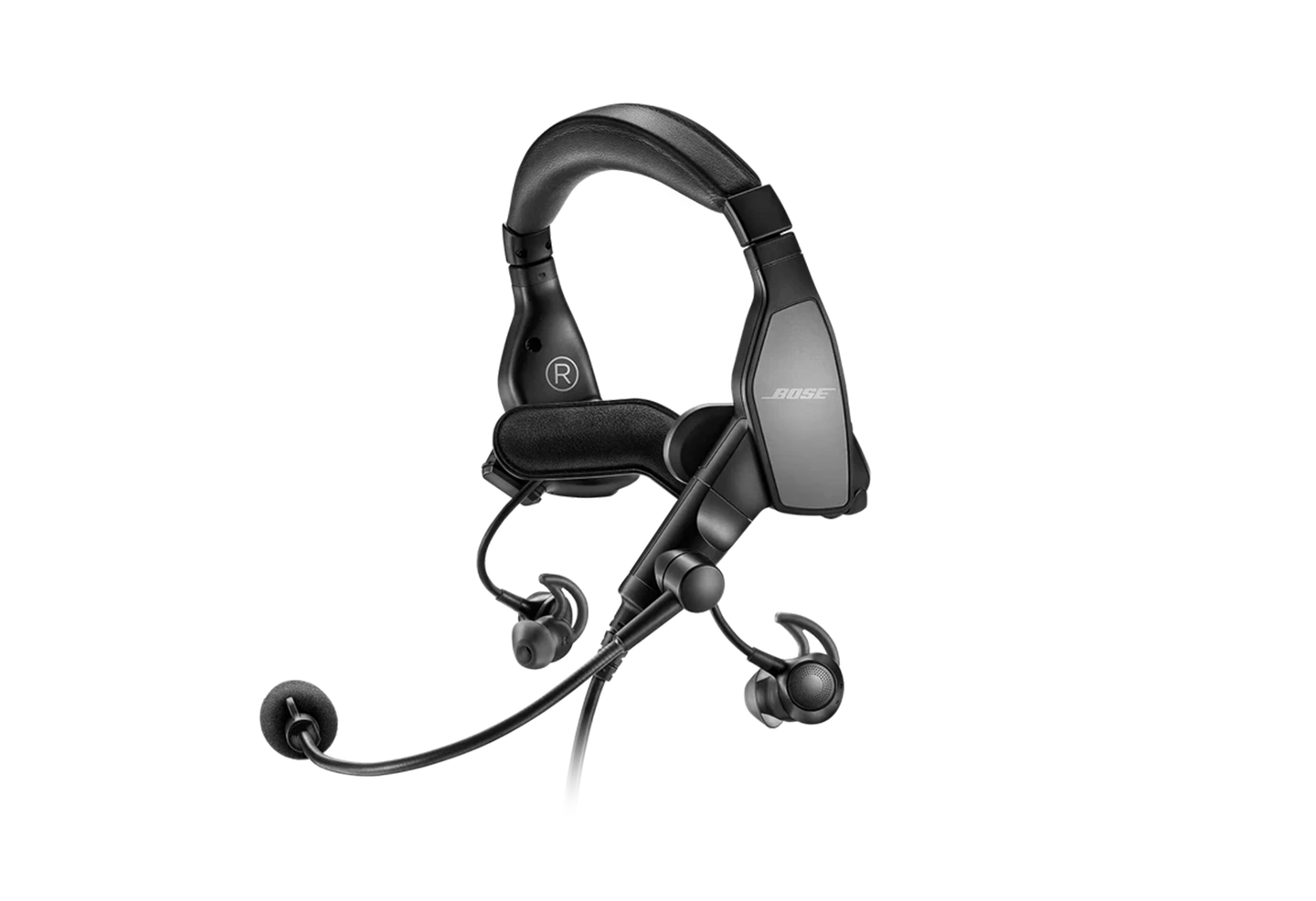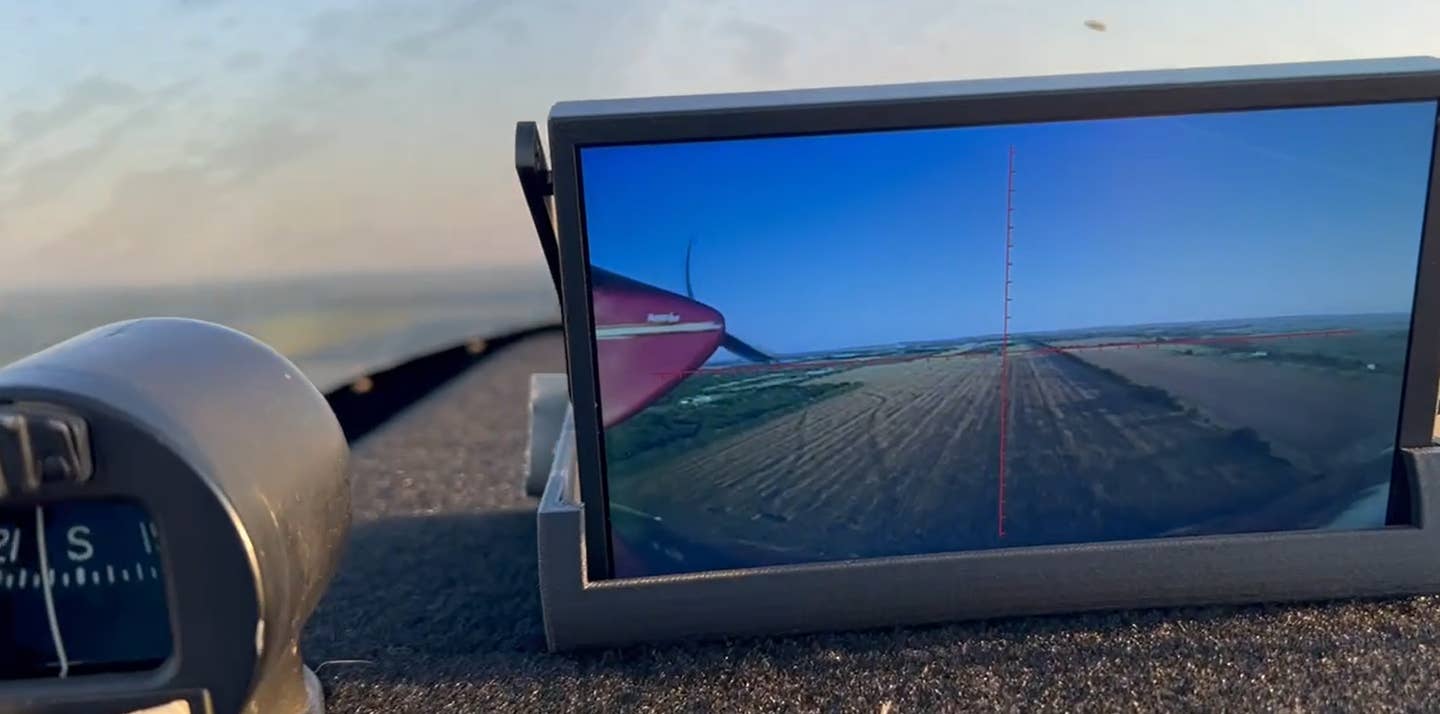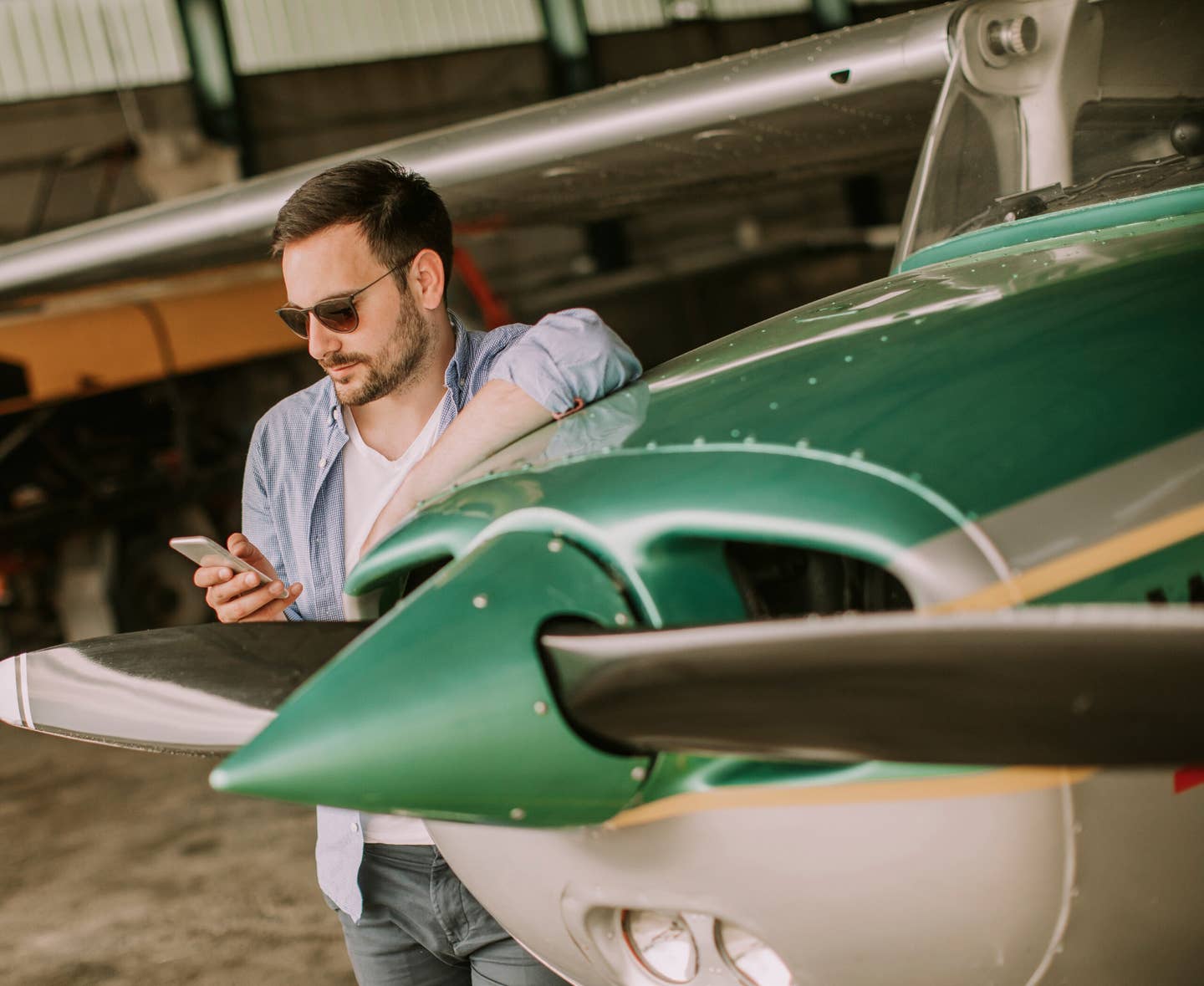
We help you choose one of your most important tools. istock/mediaphotos
Both new and experienced pilots wonder how they’ll know for sure when they’ve identified the best headset. Matt Ruwe, a senior product manager at Bose, has a rather simple answer. “A great headset is the one you don’t even notice you’re wearing,” he says. “There are a few things in aviation that can really influence how much you enjoy what you’re doing, and a headset is one of them.”
Some of the defining elements of a headset include its weight, comfort, ease of use, clamping strength, noise reduction and price. Often shoppers focus first on price, which can be a mistake in the long run; The least-expensive headset often has earned a reputation as “the cheapest” because the manufacturer left something out, such as good noise reduction. Headsets can always be replaced, but repairing your hearing later in life because you chose a cheap headset early on, well, that’s not so easy.
Thirty years ago, when I began flying turboprops for a living, I bought a slightly worn David Clark H10 for a hundred dollars and used it for years. In fact, that headset’s still sitting in my flight bag as a backup. Its passive noise reduction works great, but, of course, this was before active-noise-reduction technology existed, so the best the DC could offer was soft, liquid-filled ear cushions clamped close to my head to block the noise. A version of that headset is still made today.
You can shop and compare various headsets at Sporty’s Pilot Shop and Aircraft Spruce & Specialty.
That vintage headset weighed in at about a pound, perhaps a bit more if you included the heavy-duty cables that came with. Today, the lightest headsets, such as the Bose ProFlight Series 2, weigh just a shade over 4 ounces. The lightest Bose product comes with earpieces that pilots must push slightly into their ears, which some pilots might not prefer. There are plenty of around-the-ear cushions on other headsets to choose from, however.
With the introduction of active noise reduction (see sidebar), headset technology has moved light-years ahead of my first David Clarks thanks to years of research on the part of headset manufacturers. That often translates into a loftier price. I once tried to replace the David Clarks with a $450 headset built by an unknown company, something that looked good and would record ATC audio, but it turned out to be a real pain. A year later, the headset was a piece of junk that began squealing when I tried to record with it. By then, the manufacturer was out of business, and I was out about $500 when you include the tax. I began the search all over again. So what did I save?
Try asking other pilots, such as your flight instructor, which headset they chose and why, as well as which ones they’d prefer not to own. Some of the top manufacturers building headsets today include David Clark, Faro, Bose, Aloft Technologies, Telex, Sigtronics and Lightspeed, so there are quite a few to choose from.
Every pilot can offer an opinion about some of these important issues—clamping force, for instance. The tighter the headband squeezes the earcups to your ear, the better the passive noise reduction, but too much force can create a headache after a long day in the cockpit. Cheap headsets also contribute to pilot fatigue. Today, Bluetooth is available on most midrange and higher headsets because customers want to listen to music on long cross-country flights. The best ones prioritize radio communications and cut off the music when the frequency becomes active. Another checklist item is the headset frame. The lightest, strongest headset frames use magnesium, so check before you buy. Most ANR headsets also demand a power source that can be tapped a couple of different ways. Many of the newer ANRs will operate with a couple of small batteries placed somewhere along the cord between the headset and where the cables plug in.
Many headsets come standard with twin plugs called PJs, the most common plug for aircraft today. There are also Lemo plugs that allow the headset to draw the power it needs from the aircraft itself, so the headset won’t die at an important moment. Choose wisely when ordering, because the plug can limit your flexibility to bring it into another aircraft.
In the end though, the only person who can choose the best headset for you is you. No matter where you buy your headset, I’d suggest purchasing it with a credit card so you can return it if you’re buying online with no opportunity to try it first. Always choose a retailer that offers a money-back guarantee if you’re not happy. Sporty’s Pilot Shop, for instance, offers a 30-day guarantee.
Don’t forget used headsets are also a possibility. Check out eBay, or try posting a note at your flight school telling people you’re interested in a headset in case someone’s planning on selling what they currently use.
How It Works: Active Noise Reduction
In the early days of airborne communications, earphones were created to make deciphering radio conversations for pilots easier above the roar of the engines and wind. Some of the first earphones crafted from hard Bakelite used no padding and were extremely uncomfortable to wear for long periods of time. Advances in acoustical research improved the wearing comfort of headsets by adding flexible cups that totally covered the ears—although they only muted some of flying’s more-annoying noises.
While experts claimed our sense of hearing was nearly as critical to flying as a keen sense of sight, it wasn’t until about 30 years ago that engineers realized the importance of blending comfort with advances in hearing protection. Research, in fact, shows unprotected exposure to noise levels greater than 90 dB—equivalent to what a human would encounter standing near a running lawn mower for long periods of time—can cause permanent hearing loss, initially in the lower frequencies outside the conversational range. Early earcup headphones blocked high-frequency noise rather effectively but did a poor job on low-frequency sounds, such as droning propellers. Engineers learned that simply pressing the earcups more tightly to the person’s head did little to solve the problem.
Enter active-noise-reduction technology in the mid-1980s, which is available today in several high-end aviation headsets from companies such as Bose, Lightspeed, David Clark and others. Bose created the first successful ANR aviation headset in 1989 and debuted its popular A20 model in 2010.
Rather than simply attempting to block annoying cockpit noise, the heart of the ANR system creates an alternate electronic signal that’s fed back into the headset’s electronics to actually cancel out the unwanted sounds. ANR headphones accomplish this using acoustical building blocks such as feedback and the feed-forward loop system, digital or analog processing, and a full-feature driver/speaker.
ANR systems operate by using one or more microphones placed near the pilot’s ears either inside or outside the headphones to accurately hear what the pilot does. In a sound-feedback system, for example, that output is compared to the sound the pilot wants to hear, usually radio communications or possibly music. The cancellation signal created though amplification and filtering then builds the signal fed to the driver. With just the right amount of filtering, the result is noise cancellation that effectively reduces sound pressure on the ear. Audio engineers say noise canceling “destructively interferes” with unwanted noise.
Pilots simply call it near-perfect quiet, until an important sound is detected and crisply delivered to the ears.
The best ANR units focus on more than just the electronics of quietness, and they employ headbands designed with soft contoured foam pads to minimize pressures on the head—because ANR headsets are a one-size-fits-all creation. The best ANR headsets also offer adjustment of the feedback level to customize the near-perfect blend of control over what the pilot eventually hears.
This story appeared in the Learn to Fly Special Issue of Flying Magazine

Sign-up for newsletters & special offers!
Get the latest FLYING stories & special offers delivered directly to your inbox






